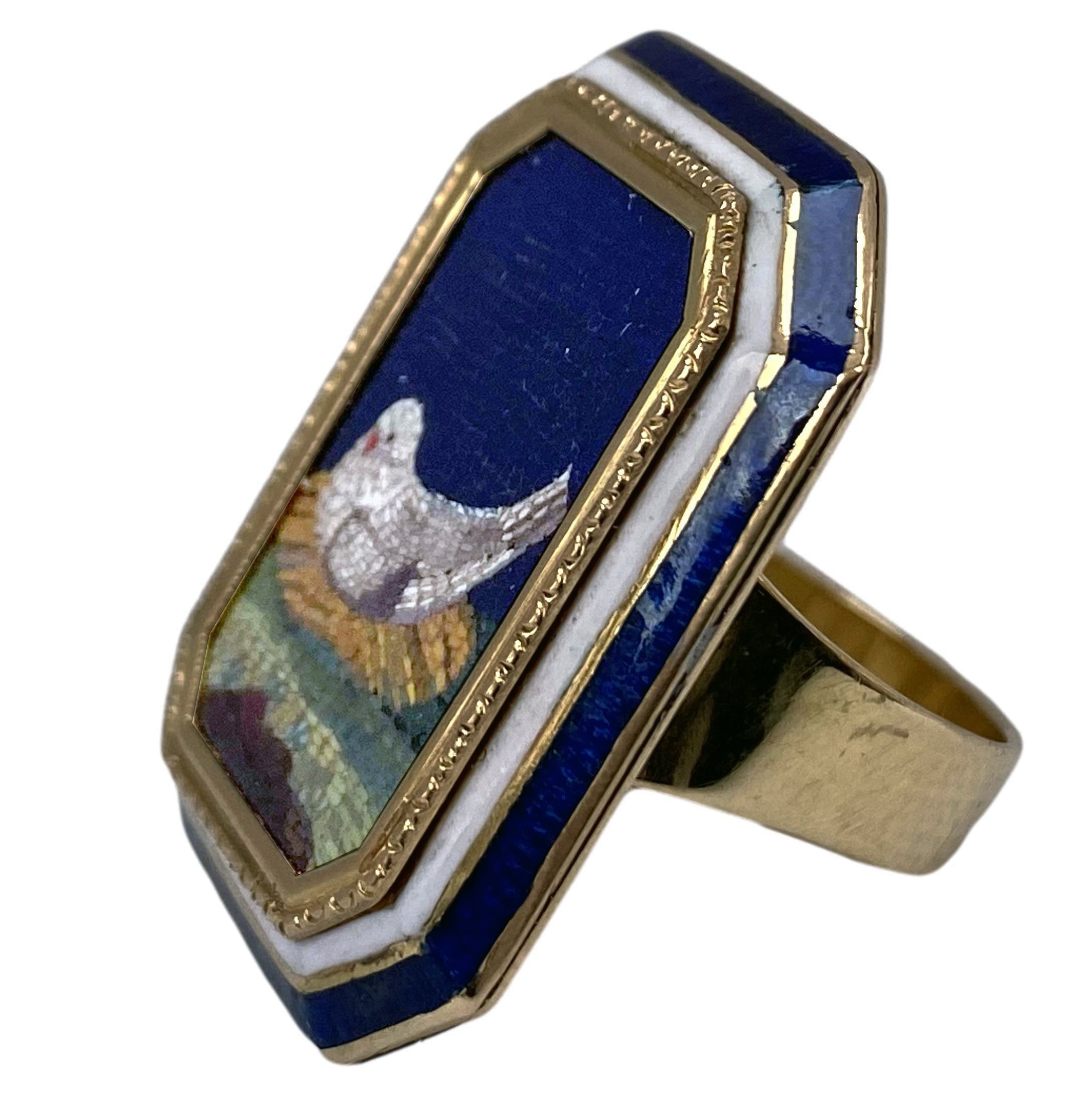






Coral mask gold pendant
A spectacular 18ct gold archaeological revival style pendant, adorned with a beautifully glazed back, showcases the exquisite granulation technique. At its heart, a finely carved mask reminiscent of classical theater in Pompeian style, expertly crafted from Mediterranean coral. This remarkable piece resides within its original fitted case, highlighting its provenance and care.
Manufactured in Naples, this pendant reflects the artistry of Castellani, and is attributable to the esteemed goldsmith Giacinto Melillo (active 1846-1915).
Dating back to circa 1870, it measures 5 x 3.5 cm, and remains in excellent condition, consistent with its age and use, making it a quintessential example of the period's craftsmanship and elegance.
Coral mask gold pendant
A spectacular 18ct gold archaeological revival style pendant, adorned with a beautifully glazed back, showcases the exquisite granulation technique. At its heart, a finely carved mask reminiscent of classical theater in Pompeian style, expertly crafted from Mediterranean coral. This remarkable piece resides within its original fitted case, highlighting its provenance and care.
Manufactured in Naples, this pendant reflects the artistry of Castellani, and is attributable to the esteemed goldsmith Giacinto Melillo (active 1846-1915).
Dating back to circa 1870, it measures 5 x 3.5 cm, and remains in excellent condition, consistent with its age and use, making it a quintessential example of the period's craftsmanship and elegance.
Giacinto Melillo (1846-1915) was first a pupil and then the director of the shop that Alessandro Castellani opened in Naples in 1862 (exiled from Rome for political reasons), which he then took over in 1870. Naturally his jewels have many points in common with those of Castellani. He used parts of the “Campana” collection as models, but in his latest creations he sometimes transformed them by mixing antique decorative elements borrowed from different styles. Some of his jewels were inspired by the finds in Pompeii and Herculaneum. He obtained the Grand Prize and the Legion of Honor for the works created for the Universal Exhibition in Paris in 1900. Count Tyskiewicz, in his "Memoirs of an old collector", gives an enthusiastic eulogy of Melillo's works: "Naples does not shines with the perfection of its pseudo-antique style jewels. The latter are crude, heavy, pretentious and often absurd. However, Naples has a first-rate goldsmith in the person of Melillo who far surpasses the work of the Castellani firm in Rome. And, notice, Mr. Melillo is only concerned with copying ancient jewels and the reproductions of him are so remarkable and of such an exquisite taste that it is evident that it would be enough for him to be better known to be appreciated throughout the world. I would like to add that Signor Melillo is an honest man who does not try to deceive anyone. The objects he sells, although faithfully copied from ancient models, have a certain modern flavor that does not create illusions, even in the hands of a scammer. Rather, it is a translation into the modern language of the finest of ancient art and this makes any fraud absolutely impossible, because each object that comes out of his atelier bears his trademark ". In fact, experience shows us that most of Melillo's works bear no hallmark! In 1903 Henry Walters made major acquisitions in his shop in Piazza dei Martiri, 54/55; but these jewels did not all reach the Walters Art Gallery in Baltimore. However, the collection includes several pieces decorated with beetles and engraved gems as well as granulation and filigree.







